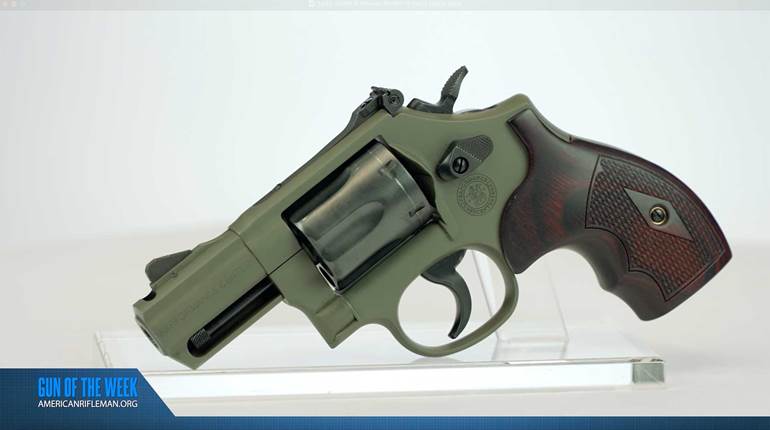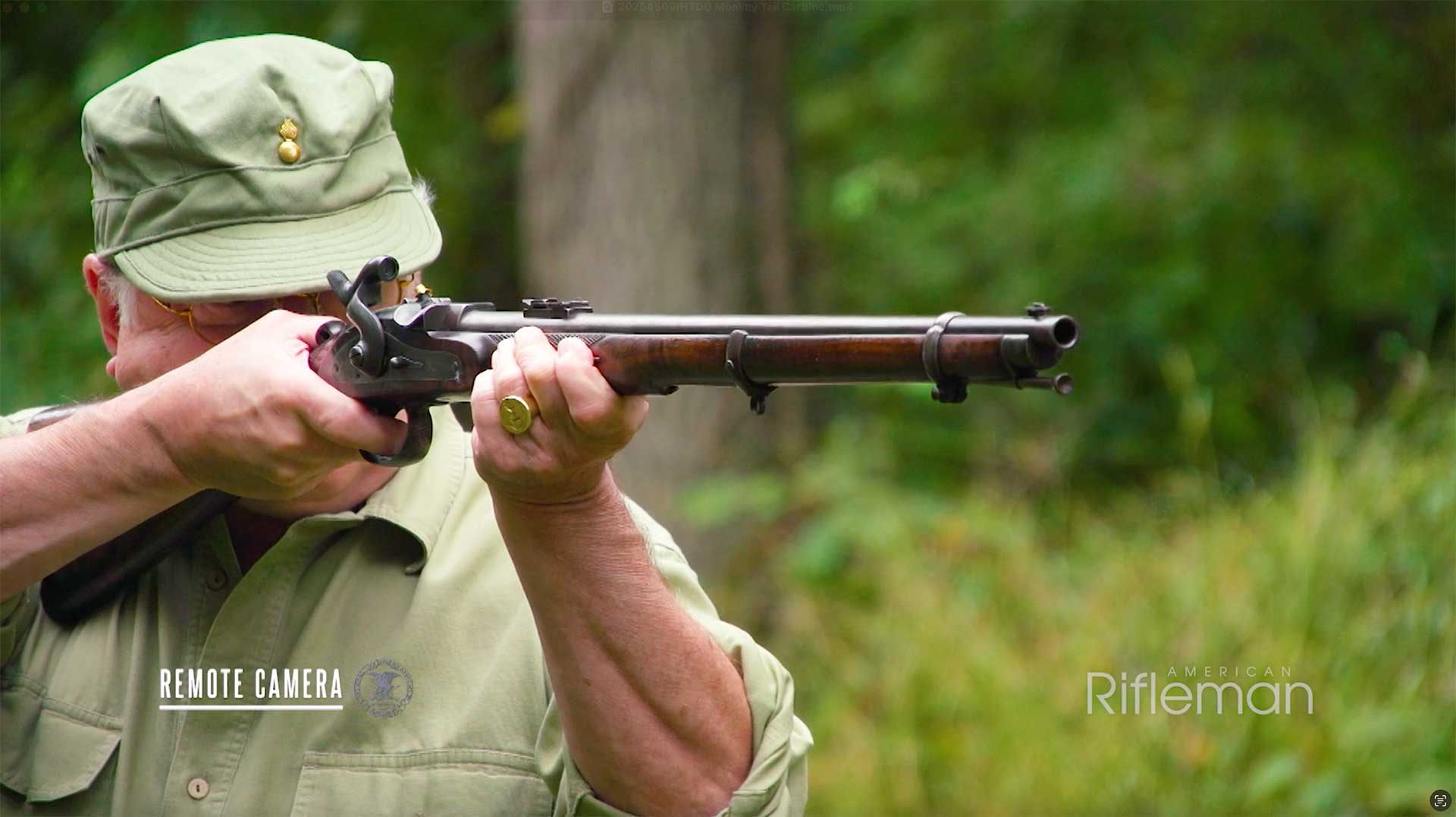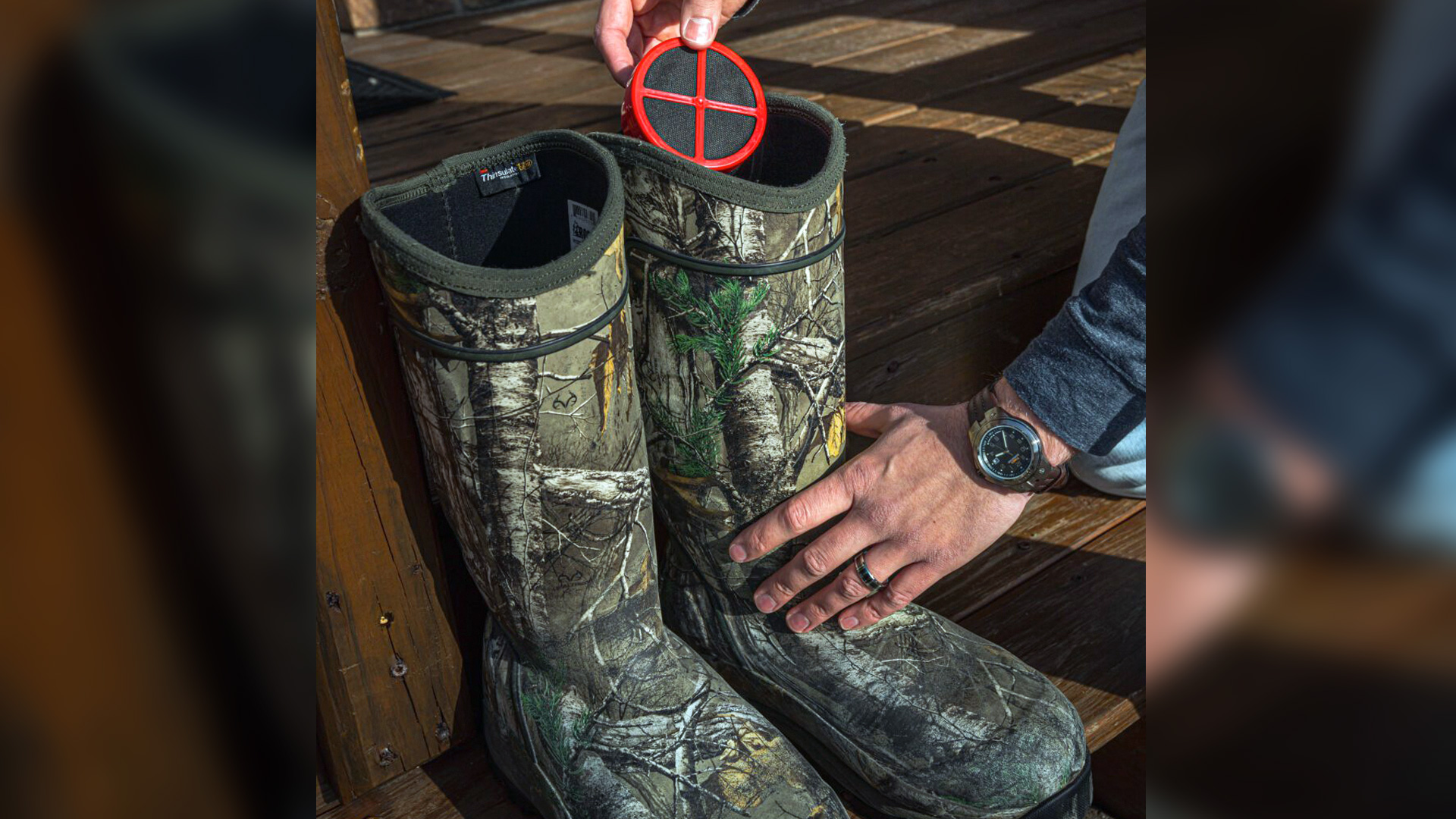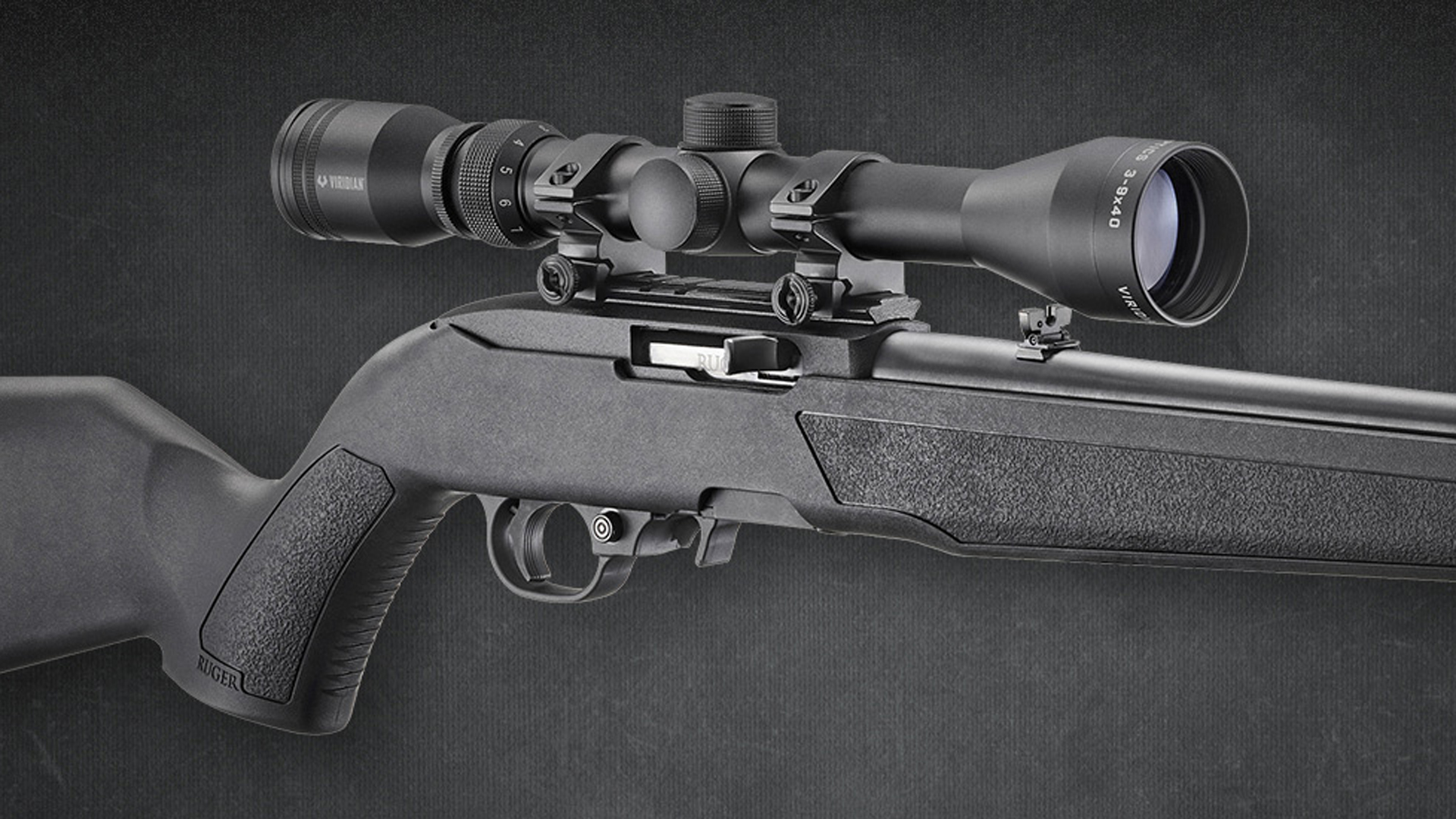The North-South Skirmish Association, based in Winchester, Va., operates a number of historically authentic competitions based on the small arms and artillery of the American Civil War. One of these skirmishes involves the use of mortars, and there are dozens of teams competing to be the most accurate gunners at the association's Fort Shenandoah range every spring and fall. Watch our "American Rifleman Television" feature above to see the mortars in action.
"One of the most prominent things that we think of when we think of the American Civil War is the artillery, the cannons, the big guns. And of those big guns, one of the most important types of those arms was the mortar," American Rifleman Executive Editor Evan Brune said. "These were the type of guns that were used to besiege fortifications and hurl solid shot over walls and to rain down shards of hot metal on advancing troops, and here at the North-South Skirmish Association, They're still putting these platforms into action to see how accurate they can be."

Many competitors are using smaller mortars firing 12-lb. projectiles, but larger, original Civil War siege mortars have also been on the line at Fort Shenandoah, too.
"The mortar match is fascinating. We will often have as many as 70 mortars, and they range from small coehorns to, there are a couple of teams that have huge siege mortars," N-SSA Public Information Officer Bruce Miller said. "What's extra fun for us to watch the match is that the muzzle velocity on a mortar is so slow, you can actually watch the projectile."
Just like modern mortars, these Civil War-era guns fire rounds at a high arc so as to travel over defensive emplacements and hit targets behind solid walls or earthen embankments.

"Most of them are reproductions. Some are as simple as a Confederate 12-lb. mortar. It's something that you can get into fairly easily," N-SSA competitor Kevin Oyarzo said. "Some are reproductions or originals of U.S.-made mortars. And they're pretty effective. Of course, none of the projectiles that we use are exploding. They're all solid, inert projectiles."
While mortars in the Civil War and throughout military history have generally been expected to shoot hundreds or even thousands of yards, the range at Fort Shenandoah is much more manageable.
"What they're shooting at is a stake 100 yards down range. They take seven shots and then they measure the closest five to the stake for score, and they have an hour to do this," Miller said. "And again, safety is very important. So they, you know, they swab out the bores and all of that stuff to make sure that everything is very safe."

Before and during the mortar skirmish, though, setup and aiming are critical parts of the process.
"So the process is you fire, you look where your round lands, and, of course, you adjust for it," "Oyarzo said. "But what's frustrating is that you're not shooting directly at a target, you're shooting up in the air at something at 100 yards distance, and you know, you're just, it's very hard to sight. There's a lot, there's a little bit of luck, there's some science, there's some art to it. So you have to gauge the wind, the temperature, and it's a pretty exciting event."
Today, the North-South Skirmish Association is recruiting new competitors to shoot the mortar match, the musket skirmish and more.
"The best way to get started is go to our website (n-ssa.org), find out where there's a skirmish near you, and go and see what it's all about," Miller said.
To watch complete segments of past episodes of American Rifleman TV, go to americanrifleman.org/artv. For all-new episodes of ARTV, tune in Wednesday nights to Outdoor Channel 8:30 p.m. and 11:30 p.m. EST.























